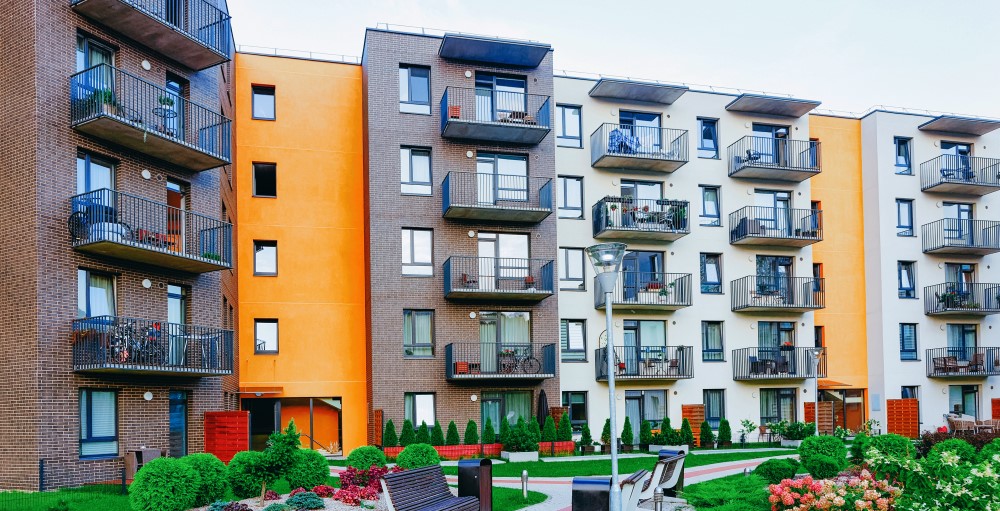
The Internal Revenue Service (IRS) on October 29 issued proposed regulations implementing the “income averaging” option that allows the Low-Income Housing Tax Credit (LIHTC) to serve households earning up to 80 percent of area median income (AMI). This NMHC- and NAA-supported provision, which was enacted in March 2018 as part of the Consolidated Appropriations Act of 2018, makes the LIHTC program more flexible and allows for more mixed-income housing.
Income averaging provides an additional way for developments to qualify for the LIHTC. Prior to the availability of income averaging, LIHTC program rules required owners to either rent 40 percent of their units to households earning no more than 60 percent of AMI, or 20 percent to those earning no more than 50 percent of AMI. Income averaging provides owners the option of reserving 40 percent (25 percent for New York City) of the units in a property for people whose average income collectively is below 60 percent of AMI.
The proposed regulations address several key issues. For example, the proposed regulations make clear that an election to use a particular set-aside test is irrevocable. Thus, a taxpayer electing the “40-60 test” may not move to elect the income averaging test. The proposed regulations also describe how the next available unit rule applies for a property utilizing income averaging. Notably, if an owner has tax credit units occupied by tenants who subsequently make too much income to qualify, there is no specific order that applies to the next available unit rule. The taxpayer may rent the next available unit to a qualified tenant that is comparable to or smaller than an over-income unit. Finally, the proposed regulations provide an opportunity for owners to take mitigating actions should they fall out of compliance.
For more information and additional updates, please visit the NMHC Advocacy webpage.



